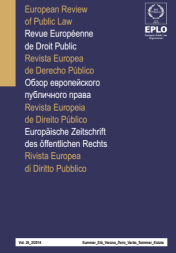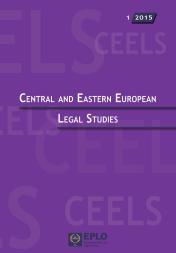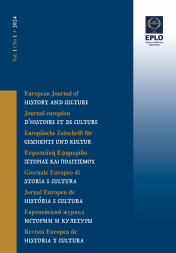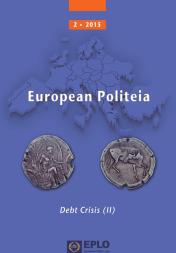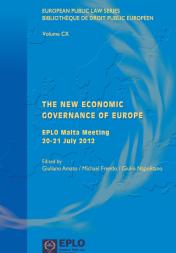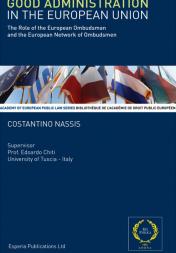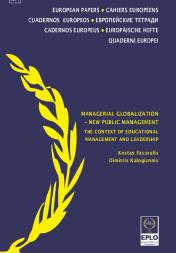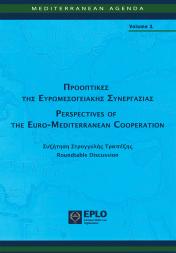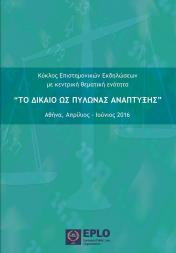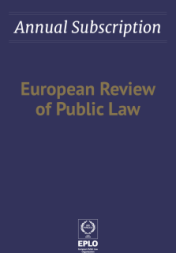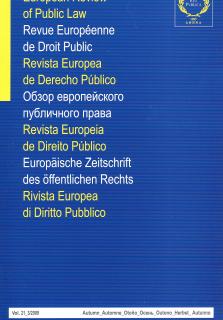
Constitutional Law / Droit constitutionnel
Slovakia / Slovaquie
Department of Political Science, Faculty of Arts, Comenius University, Bratislava, Slovakia
This chronicle analyzes various aspects of parliament-cabinet relation in Slovakia, using data on cabinet formation and termination and legislative output in 1994-2008 and discusses changes in the parliamentary rules related to the 2004 EU membership of Slovakia. It argues that, while the Slovak Constitution recognizes the parliament as a supreme constitutional body, in reality the political system is both party-centered and cabinet-dominated. As a result of the electoral system, only political parties are allowed to propose candidates for MPs. A system of State financing of political parties favors parliamentary subjects, which leads to their cartelization and potentially narrows voters’ freedom to select. If a strong majority cabinet exists, it is the cabinet that controls the parliament rather than other way around. Incentives provided by the cabinet seemed to play a major role in stability and voting cohesion of majority, or, if there is no longer a clear majority, guarantee cabinet’s survival.




